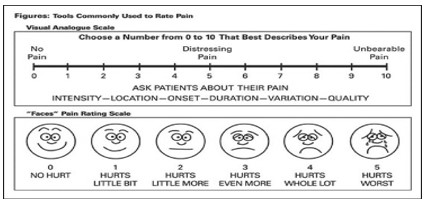Clinical evaluation of Erand Tail Nabhi Puran in the management of Dysmenorrhea : Pilot Study
DOI:
https://doi.org/10.21760/jaims.9.2.5Keywords:
Dysmenorrhea, Nabhi Puran, Eranda Taila, Udavartini YonivyapadAbstract
Dysmenorrhea is defined as painful menstrual cramps of uterine origin which can be correlated with Udavartini Yonivyapad. It is very common gynecological disorder in females specially in reproductive age. Sometimes it also hampers women’s daily routine. Udavarta Yonivyapad is explained in Ayurveda as a Nanatmaja Vata Vyadhi by Charaka where there is abnormal movement of Vayu in Pakwashay with painful menses. There are different types of NSAIDS, OC pills, painkillers, etc. to give temporary relief from pain but it also has side effects on body if taken in excess amount. In Ayurveda lot of formulations are used for treatment of same. An attempt has been made through Ayurveda classics in regards to dysmenorrhea with Nabhi Puran using Eranda Taila.
Downloads
References
Iacovides S, Avidon I, Baker FC, What We Know About Primary Dysmenorrhea Today- a Critical Review. Hum Repord Update. 2015; 21:762-78
Proctor ML, Farquhar CM. Dysmenorrhea. BMJ Clin Evid. 2007; 2007:0813.
[last accessed on 2007 May 5]. Available from: http://emedicine.medscape.com/article-253812-overview .
Shastri Ambika Dutta., translator. 9. Vol. 38. Varanasi: Chaukhambha Sanskrit Bhavan; 2006. Sushruta Samhita Uttara Tantra, Hindi Translation; p. 157. Su.Utt (b) Su.Utt-38/30 p. 163.
Shastri K, Chaturvedi G. Upadhyay Y, Sastri RD, Pandey G, editors. Charaka Samhita. Chowkhamba Sanskrit Series. (a)Chikitsa sthana. (843).1998;2:25–3. (b) Cha.Chi 30/110-1 p. 847.
Castor Oil: Are There Health Benefits Pros and Cons, Nutrition, and More [Internet]. [cited 2022 Mar 31].
B Ramarao (last) Ashtanga Hrudaya 2016 edition Varanasi; Chaukambha bharati Academy 72 (Chaukambha Sanskrit series; vol 1)















